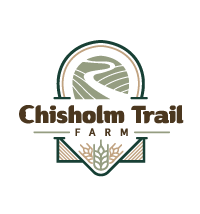This week we introduce rye, like other ancient grains, rye offers numerous benefits for you and for us, as farmers.
Rye has an excellent nutritional value. It is rich in dietary fiber, which aids in digestion. It contains essential nutrients such as magnesium, iron, zinc, and B vitamins. Also, it is a good source of antioxidants, which can help reduce inflammation and protect against chronic diseases.
Rye has a lower glycemic index compared to modern wheat, making it a better choice for people managing diabetes based on its lower carbs. The high fiber content helps in feeling full longer, which can aid in weight management.
Rye is NOT gluten free, but it has a different type of gluten than modern wheat, which some people have found to be easier to digest.
Rye has versatility. It may be used to make bread, crackers, and even whiskey!
For farmers, rye aids in soil health. It is an excellent cover crop that prevents soil erosion, improves soil structure, and increases organic matter. It also helps to capture and hold nutrients, thus reducing the need for fertilizers. Rye can suppress weeks due to it allelopathic properties (the ability of a plant to release toxins that suppress the growth of plants in its vicinity) which reduces the need for herbicides.
When we implement rye into our crop rotation it can break pest and disease cycles, leading to healthier subsequent crops.
Being that we live in northwest Minnesota, rye is hardy! We plant it in the fall, providing ground cover during the winter and it we harvest in late summer, thus optimizing our land use throughout the year.
